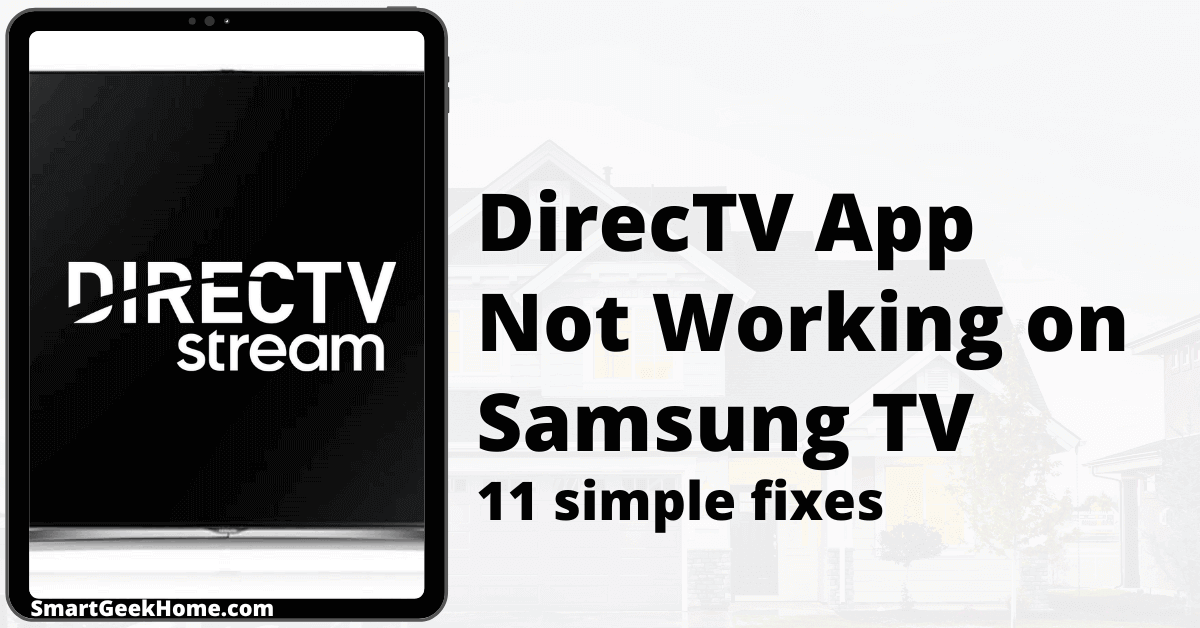
If someone on the same line streams a show, it often led to slower and faster pockets of data that caused problems for anyone watching TV. As stated above, DIRECTV satellite signal needs to be very good. Using smart TV features while the TV was connected to coax had the potential to worsen the TV experience. If the first two problems weren’t enough, there also was this one: streaming made things worse. The assumption here was that it wasn’t cost effective for the TV manufacturers. Also, AT&T’s wireless clients use a form of Wi-Fi that those DIRECTV-ready TVs could have used but didn’t. This often resulted in techs diagnosing home Wi-Fi problems that had nothing to do with the TV experience. It turns out that most smart TVs disable the built-in Wi-Fi when the DIRECTV-Ready function was used. More to the point, these devices didn’t work with Wi-Fi.

Wi-Fi was another problem with DIRECTV-Ready TVs. These types of installations have as many cables as a regular Genie client system. Running coaxial cable to the TV site then converting it to wired Ethernet is how this is typically accomplished. Because of this, DIRECTV needs a really clean connection to work. It also doesn’t automatically drop the quality of the picture when the network gets congested. (You’d still need to deliver electricity to the TV to make it work, obviously.) As concepts go, this sure sounded like a really great idea… … Except DIRECTV-Ready Technology Didn’t WorkĭIRECTV satellite signal doesn’t buffer like Netflix and Hulu does. The simple act of connecting all of this over Wi-Fi was supposed to eliminate the need for all cable except for the power cable. The idea was to have a smart TV with Netflix, Hulu, and DIRECTV built into it. That software is loaded into smart TVs as an app. How DIRECTV-Ready TVs WorkedĭIRECTV-Ready technology was designed to duplicate the Genie client in software.

So sit back and let Signal Connect take you on a ride through the recent past of DIRECTV-ready TVs. There’s a lesson to be learned in all this, as well as an answer the question of whether you should get a DIRECTV-Ready TV or Genie client. It sounded like a good idea, but how did it work in the marketplace? Well, considering that these DIRECTV-ready TVs are no longer being made pretty much tells you all you need to know. The reasoning behind this move was to create a system that wouldn’t require a client box at the TV. A few years ago, Samsung, Sony, and LG made “DIRECTV-Ready” TVs.


 0 kommentar(er)
0 kommentar(er)
